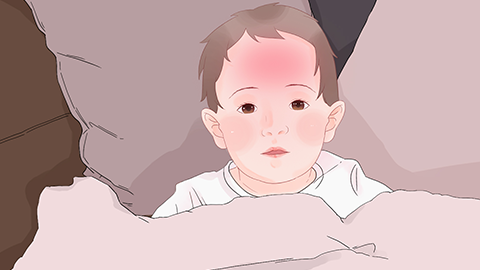What impact does enema have on children's bodies when they have a fever?
Generally speaking, fever refers to an elevated body temperature. When administering enema therapy to a child with fever, medication is mainly introduced into the intestine to achieve therapeutic effects. Under normal circumstances, the procedure usually does not cause significant problems. However, improper operation may lead to adverse consequences such as impaired drug absorption, worsening of fever symptoms, intestinal flora imbalance, electrolyte disturbances, and intestinal mucosal damage. If any discomfort occurs, timely medical attention is necessary. Detailed explanations are as follows:

1. Impaired Drug Absorption
If a child already has intestinal inflammation or infection, administering enema therapy blindly may reduce the surface area available for drug absorption, thus affecting the efficacy of the medication. Therefore, it is recommended to stop enema therapy promptly and treat the underlying condition specifically.
2. Worsening of Fever Symptoms
If antipyretic medication has been given to the child and enema therapy is then performed blindly, it may stimulate the body's temperature-regulating center, thereby worsening the fever symptoms. Hence, it is advisable to use only one method of fever reduction and avoid repeated procedures.
3. Intestinal Flora Imbalance
Enema therapy can have a fever-reducing effect. However, if antipyretics or antibiotics are used during the process, they may irritate the intestinal mucosa, leading to intestinal flora imbalance and causing symptoms such as diarrhea and abdominal pain. In severe cases, it may hinder nutrient absorption in the intestine and affect immune function. Relief may be achieved by using medications such as Lactobacillus powder, Bifidobacterium triple viable powder, or Bifidobacterium viable powder, under a doctor's guidance.
4. Electrolyte Imbalance
During enema therapy, the body's metabolism may accelerate, causing excessive fluid loss and resulting in electrolyte imbalance. Therefore, it is recommended to encourage the child to drink more water after the enema to replenish fluids and alleviate discomfort.
5. Intestinal Mucosal Damage
If the temperature of the enema solution is inappropriate, it may damage the intestinal mucosa, potentially causing mucosal rupture or bleeding. Symptoms such as nausea and vomiting may also occur. However, this situation is relatively rare, and symptoms generally improve gradually with appropriate rest.
Prior to administering enema therapy to a child, it is advisable to first consult a doctor and follow medical advice to avoid self-administration. Additionally, maintaining local hygiene after enema therapy is important to prevent cross-infection.




